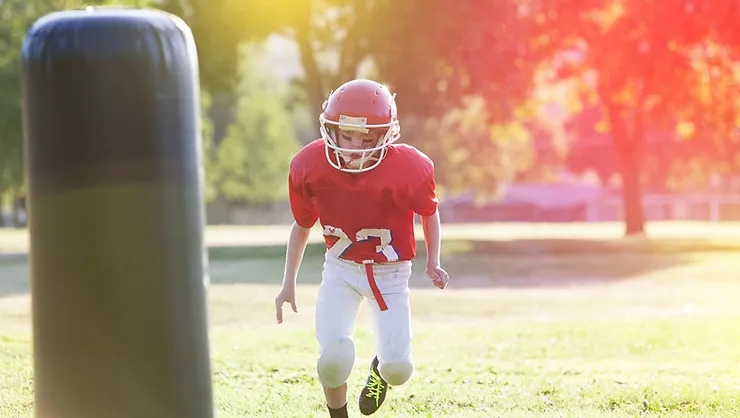By: Callie Gao
Every year, thousands of students in grades K-12 fall into a concussion. Though the students usually make a good recovery, experts have called on schools to monitor the recovery progress of students, saying that it will take longer than anticipated. This causes parents to worry, as kids may need more support, and for longer periods, than expected in order to catch up with their school work and classmates.
The research, led by Dr. Reidar P. Lystad from the Australian Institute of Health Innovation, Macquarie University, conducted an experiment by comparing students’ academic performance. One group was full of young people (18 or younger) who had been through a concussion, and the other group was peers who had never suffered from any brain injury/injuries. The test results showed that children hospitalized with concussions were 30% more likely to not achieve the minimum standard for mathematics, and about 40% more likely to not achieve the minimum standard for ELA, compared to uninjured children of the same age and gender.
About a third of children who experienced a concussion felt symptoms of headaches, sleeping problems, difficulty concentrating, depression that can last for several weeks, and so on. All these symptoms lead to experiencing trouble at school.
Concussions usually come from a fall, a vehicle accident, a collision on school grounds or with other students, or other activities. But overall, falls and sports are the main causes of concussions within this age range.
“We need to look at reducing the risk in community and school-based contact sports and in particular the football codes,” Dr. Lystad says.
The NYC Department of Health has required public schools to remove students that have suffered a concussion from physical activities and watch their child until a medical provider can evaluate them. They also provide information about the symptoms of a concussion so school staff members know what to do.
Sources:











